
Vehicles are the face of your lawn or landscape company as your team travels from property to property.
While having clean, well-maintained vehicles is mere table stakes, taking the time to think through your branding and create a cohesive look for your fleet can help leave a lasting impression with your customers and potential new leads.
Why Fleet Branding Matters
Rob Reindl, El Conquistador of Oasis Turf & Tree, based in Loveland, Ohio, says they’ve been putting logos on their trucks from day one.
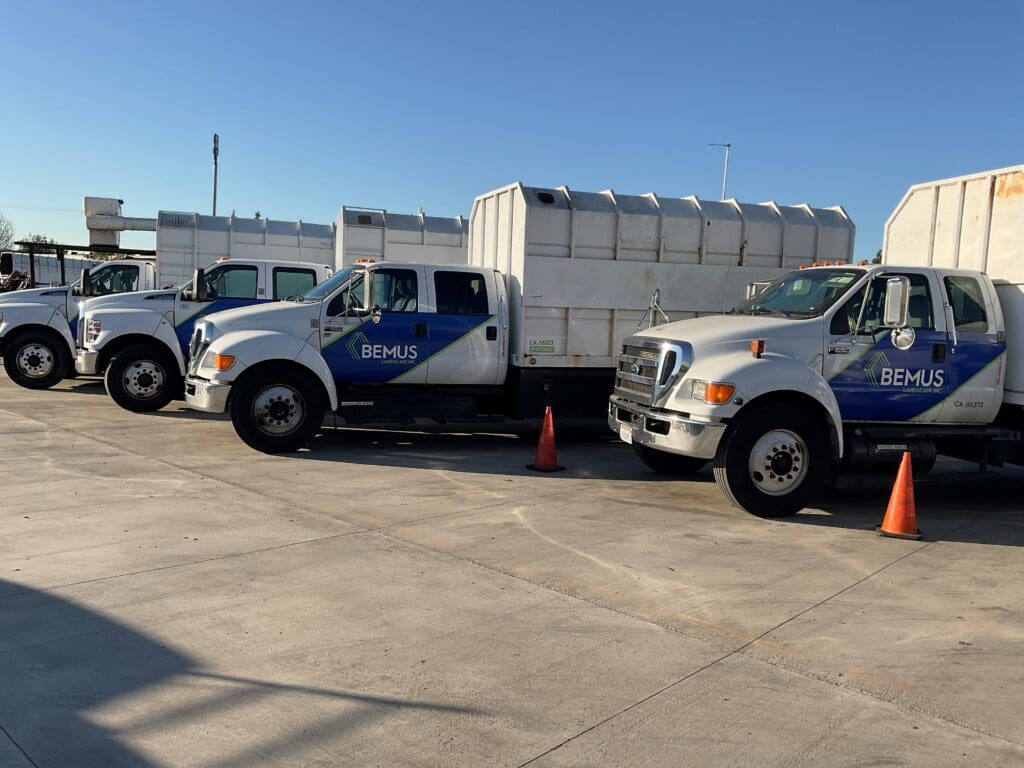
Similarly, Corin Bemus, CEO of Bemus Landscape Inc., based in San Clemente, California, says they’ve had logos on their trucks since their inception, but got serious about their branding in 2012. Bemus says they decided to up their game and updated their logo, marketing material and wrapping their vehicles.
“We considered a lot of different design options when first evaluating how we were going to install the wrap,” Bemus says. “What’s interesting about branding is each decision you make can define who you are or who you want to be as a company. We have around 200 trucks on the road each day and every time those vehicles roll, they provide us an opportunity to market our company, so we wanted to make sure our branding represented our message. Our main criteria was the wrap needed to be hyper-visible, and simple, with the largest logo possible.”
Chase Coates, owner of Outback Landscape and Lawn Buddies, based in Idaho Falls, Idaho, says they started branding their trucks with their new brand and logo in 2016.
“We had somewhere between five and 10 trucks in 2016,” Coates says. “I knew I wanted to do something that would stand out and match the brand. I knew that if I waited too long, it would be way too expensive to start reverting everything because it takes a long time to convert.”
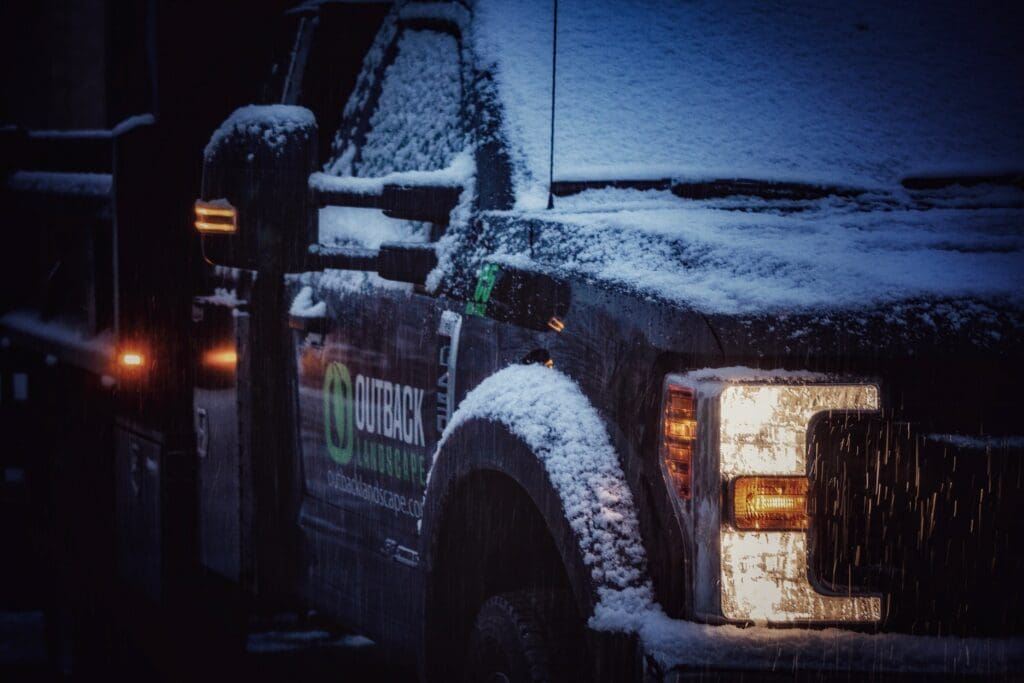
Coates says they don’t track how many leads come from people seeing their trucks out on the job, but anecdotally, branding their trucks has been a game changer for them. Bemus says it’s hard to quantify but when they bid on new work, the clients comment that the reason they are on the bid list is because they saw a Bemus vehicle parked in front of a beautiful community.
Reindl says their vans are their number four source of customer leads.
Branding your fleet also presents a professional image to both your clients and your employees.
“It allows us to represent the professionalism, safety, and culture of our company to our clients and employees,” Bemus says. “We often focus on the positive impact on sales and customer retention, but don’t include the sense of pride employees get when driving a great-looking truck. When our employees get into a clean truck that runs well, is in good condition, and looks great, that sets the tone for what we expect on our properties. Having noticeable vehicles alerts our clients that we are on-site and working, which helps keep our people safe.”
Reindl says the only con to branding your fleet is if you have employees who are putting your company in a bad light with their behavior or unsafe driving.
Ways to Stand Out
There are several different ways your fleet can stand out from other competitors in the market. For Bemus, he says their unique wrap and cleanliness of their vehicles are what helps them the most.
“I cannot tell you the number of times our clients have commented on how great our vehicles look on their jobs,” Bemus says. “We perform work for beautiful high-end communities, and we want our vehicles to be a reflection of who we are and who we represent. It also adds a level of safety for our employees, when they are onsite, they’re easily identifiable which puts clients and their visitors or residents at ease.”
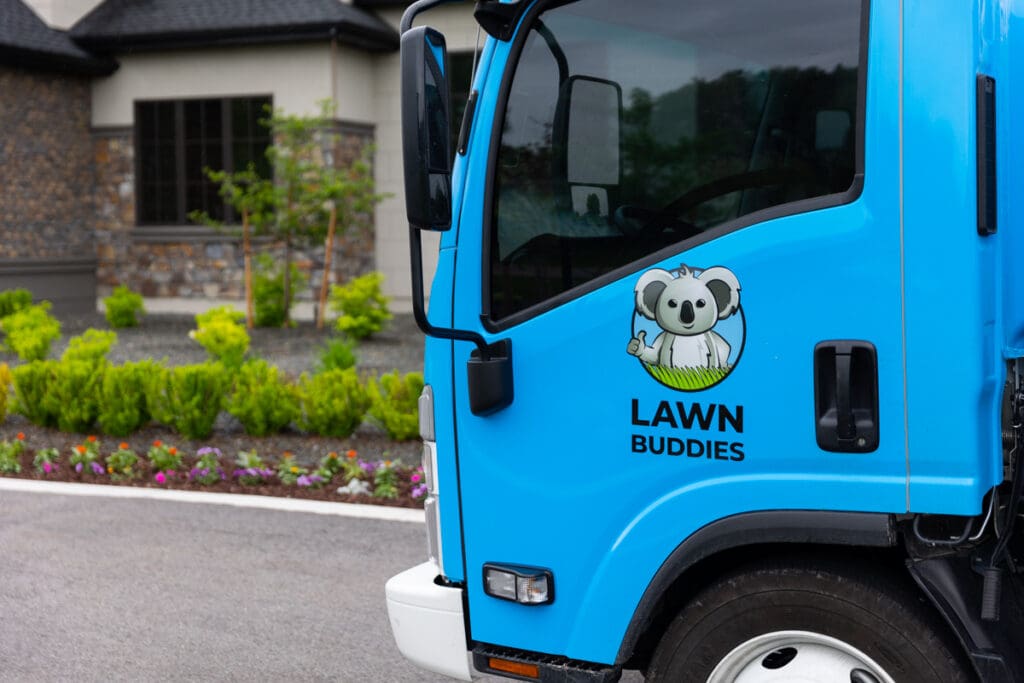
Coates says he switched to black trucks so they’d stand out more from other landscape operations that use white trucks, and it matched their brand of high-end residential work. Meanwhile, Outback’s maintenance division trucks are green, and the Lawn Buddies lawn care trucks are blue, so they are more friendly. Coates adds that the different colored trucks also help their logo stand out more.
“We like the blue because our target client is the 40-year-old stay-at-home mom,” Coates says. “We wanted something she looked at and say, ‘Oh, that looks cute.’”
For the past 10 years, Reindl has been doing a full wrap for his 73 vans in their fleet.
“It makes a lot of sense that our vehicles are a great opportunity to brand our company because they’re out on the road,” Reindl says. “You think about what you might pay for a billboard. It’s really crazy what you pay for a billboard. I could pay somebody to drive an empty van around for what you would pay for a billboard. We’ve already got vehicles on the road, so why not do that?”
Reindl says they replace their wraps once every five years as they become pretty faded by six years. He says failing to replace them can make them more difficult to remove and they start to show their age.
Bemus says they found a full wrap to be more expensive, so they prefer to do the partial vehicle wrap.
Fleet Branding Mistakes
Before branding or advertising, Bemus advises clearly defining who you are as a company.
“Once you are clear on the vision of who you are and what you represent, get a great design firm to help you convey that message,” Bemus says. “Don’t settle for good enough and get it right the first time.”
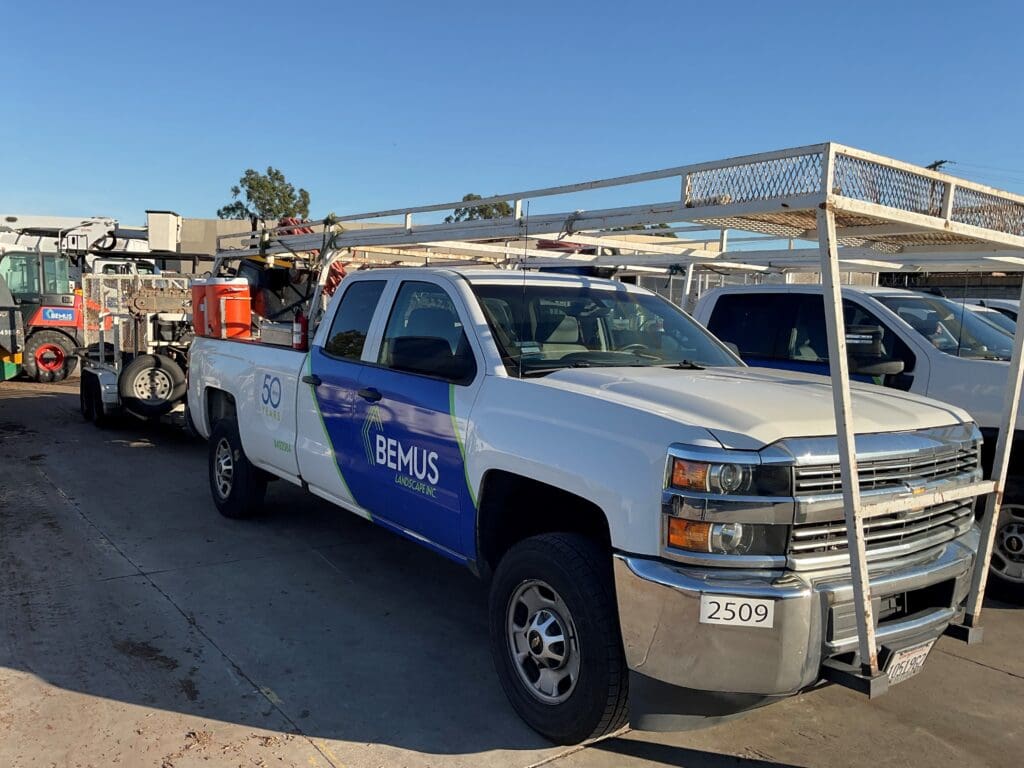
Coates agrees you should make sure you have a strong brand prior to putting it on all of your fleet.
“Developing the brand is probably the most important thing you’ll ever do,” Coates says. “Once you find the right thing and it works, you’ll put it on everything and use it for everything.”
Bemus notes that it’s easy to be loud and obnoxious with your design, but this won’t help differentiate you from the crowd.
“I would hire a professional if that’s not in your wheelhouse,” Reindl says. “Obviously, a lot of landscape guys are great designers so they might be able to come up with their own great design. That wasn’t my wheelhouse, so I paid to have it done. I’m incredibly glad that I made that decision because we’ve got a very recognizable brand that I would never come up with.”
Coates says typically you have eight seconds to grab someone’s attention, so you need to think through what you want a customer to see. Your font should be legible, and the logo should be proportionate to the piece of equipment it is on.
“We love the look of a clean white truck with a fat Bemus Landscape logo on the side,” Bemus says. “We chose to have a diagonal blue stripe with a large Bemus Landscape logo on the door, as research showed that it catches the eye when it passes.”
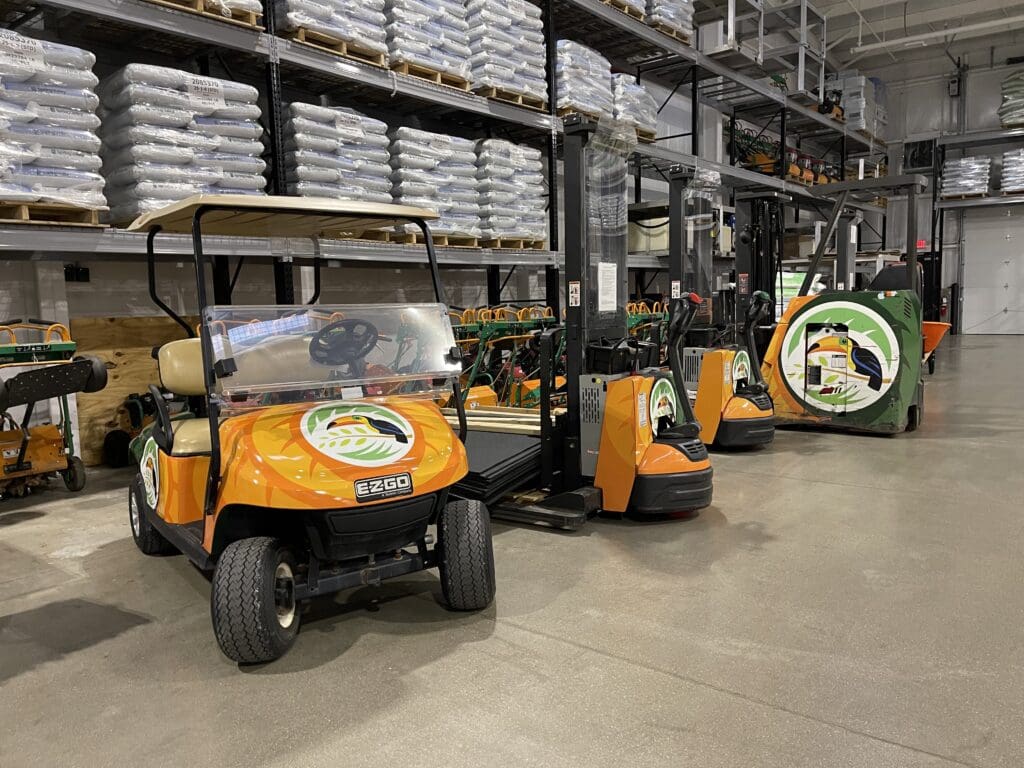
Coates is for having a simple and clean look on trucks. They don’t list their website or phone number on their trucks. He also advises against listing every service your company does on the side of a truck or trailer.
“If someone sees the name, they’re just going to Google you,” Coates says.
Reindl agrees that having a laundry list of your services on your vehicle does no good because this is a billboard going 45 mph down the road.
“It’s like the ice cream truck that has all the ice cream on there,” Reindl says. “Obviously you can’t look at the ice cream truck driving down the road.”
As for standardizing your vehicle brands, Coates says if you want to build a big business – it’s a good idea to use one type of truck for each division.
“Spend a lot of time deciding on how you want to use the trucks or vehicles to make sure that you buy the right ones the first time,” Coates says. “Once you start rotating your fleet out and you get five or six trucks deep into it, it’s not easy to change.”




